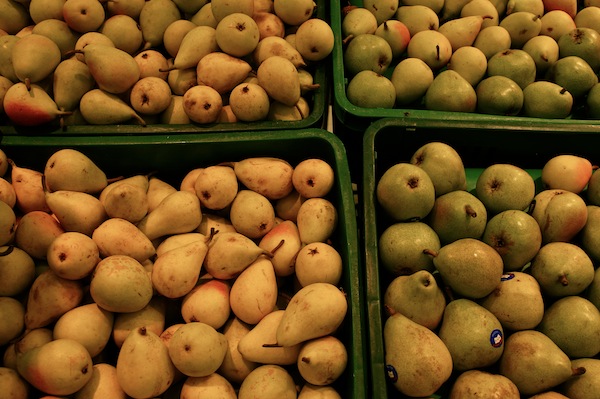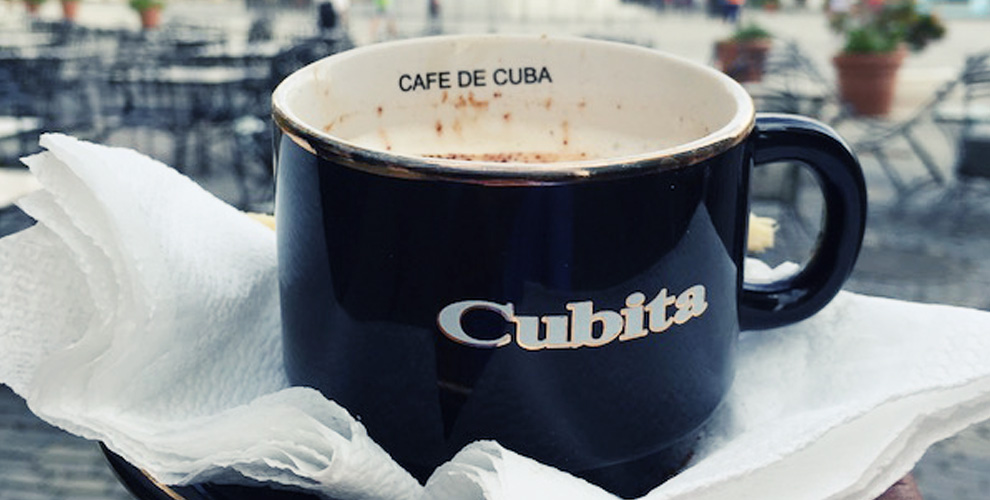I must defend the integrity of the pear. It faces such unconscionable flak. Try telling a woman to her face she has the figure of a pear and see if it doesn’t elicit a slap.
And how many times has a situation deteriorated such that we can only describe it as going pear-shaped?
But why? I happen to find the fruit rather fetching. It’s curvy in all the right places, beautifully fragrant, and looks elegant skin-on or -off. Mamma mia!
Aesthetics aside, pears are so handy in the kitchen. Equally scrumptious raw or cooked, they also hold their own at any serving temperature. Pears find themselves exceptionally at ease in starters, mains, and desserts, having conquered the crossover from sweet to savoury with panache.
When consumed au naturel, the pear is bursting with fragrant juices. Its floral notes act as a counterpoint to the saltiness of, say, nuts and cheese… making the Conference and Bosc and even the Nashi superb additions to salads. Put some heat on, and the fruit takes on an entirely different character — what was crunchy before transforms into a tenderness that’s smooth on the tongue.
Personally, I relish pears just before they approach the peak of ripeness, when they begin to smell heavenly and their flesh yields to slight pressure. Granted, this golden window doesn’t last very long at all; a few days more and you have the base ingredient for puree and baby food.
But that’s the other beauty of pears: they’re just itching to be enjoyed at every stage. When overly ripe and soft, pears can be salvaged in cakes, sorbets and compotes. But while still firm, they can be stewed for a stunning dessert.
Poaching punches up the taste and softens the texture. Consider a liquid base with honey, maple syrup, cider or wine. Then add something aromatic such as cinnamon, ginger, star anise, vanilla bean, citrus peel, thyme or peppercorns. Just don’t go overboard – this isn’t salsa. Keep things simple, and you allow a bright, distinct flavour to shine through.
I could devour poached pears topped with ice-cream or chocolate fudge on any given day. But sometimes, I want a little extra comfort in a meal-ender. And that’s when I dream of clafoutis.
This French classic of the Limousin region perches somewhere between a flan and a pancake. A sweet batter is poured over fruit then baked into glorious, puffy perfection. Traditional clafoutis calls for black cherries exclusively (pits-in, no less). Replace them with any other fruit and the dish is properly classified as a flaugnarde.
Whichever side you fall on — clafoutis or flaugnarde — rest assured that this rustic, warm pudding will uphold the honour of the virtuous pear.



